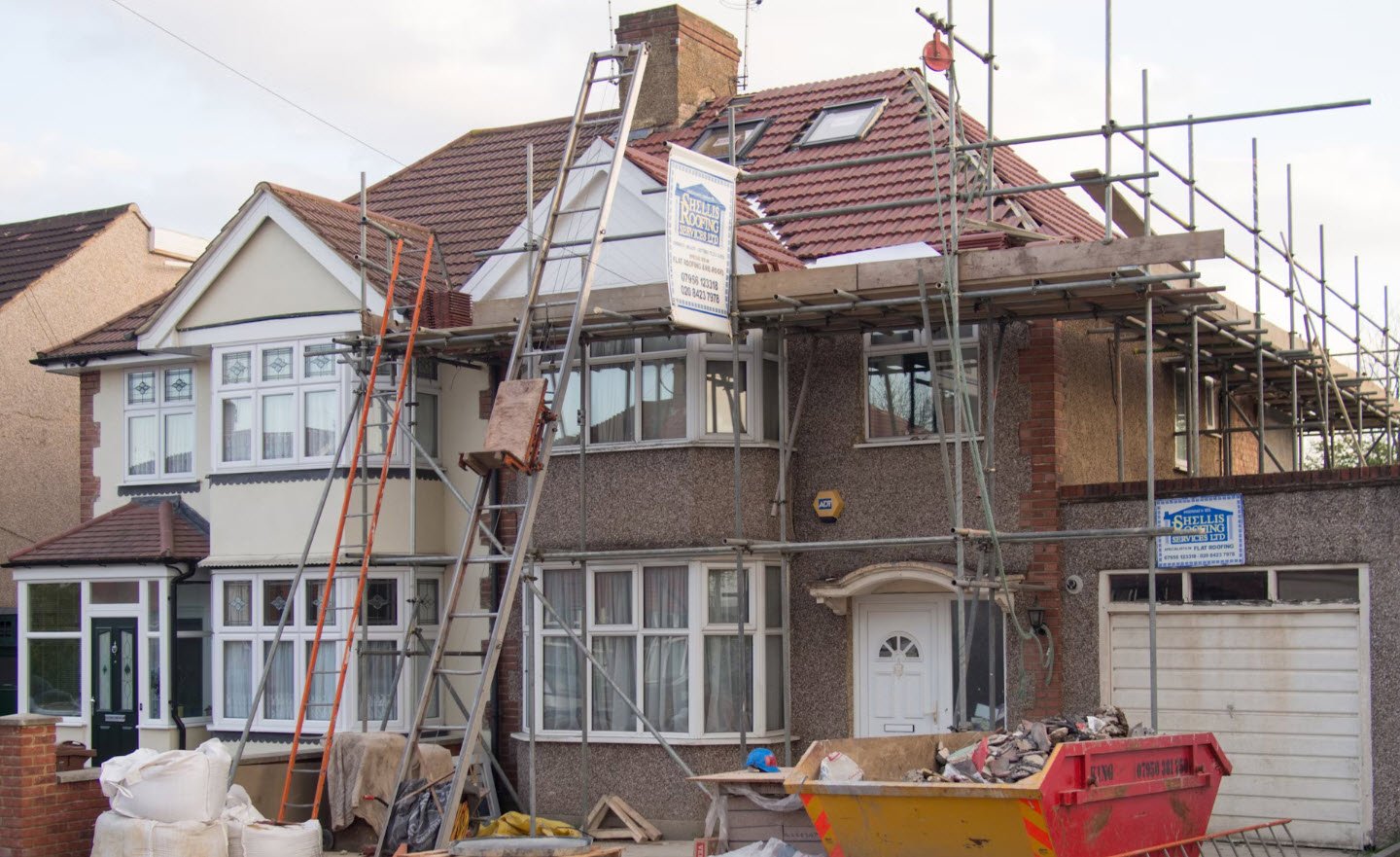
Architecture is a discipline that combines creativity, engineering, and design to shape the built environment. To provide a clear and concise overview of the architectural process, infographics are an invaluable tool.
In this article, we’ll explore a series of architecture infographics that visually represent the key stages of architectural work and the essential tools used in the field.
1. Planning
The planning stage is the foundation of any architectural project. This infographic should depict the initial research, client consultations, site analysis, zoning and code reviews, and project goal definition. It’s essential to show how architects gather information and set the project’s objectives.
2. Design
The design stage is where architects transform ideas into concrete plans. This infographic can illustrate concept development, sketches, 2D and 3D drawings, and the use of software tools like AutoCAD, SketchUp, and architectural modeling. Highlight the creative aspect of design in this graphic.
3. Review:
Architectural projects go through rigorous reviews to ensure compliance with building codes, zoning regulations, and client expectations. The review stage infographic should include the different types of reviews (structural, environmental, code compliance) and the revision process.
4. Construction
This infographic portrays the transformation of plans into physical structures. It should include the construction process, timeline, materials used, and the various professionals involved, such as contractors, engineers, and subcontractors.
5. Working Tools
An infographic dedicated to the tools architects use in their daily work is informative and visually engaging. Include essential tools like drafting tools, computer software, measuring instruments, modeling materials, and more. You can provide brief descriptions of how each tool is used.
6. Plan Design
An infographic on plan design can illustrate the key components of architectural plans. It should feature elements like floor plans, elevations, sections, and detailed drawings. Emphasize how architects communicate their design ideas to builders through these plans.
When creating architecture infographics, it’s essential to maintain clarity, simplicity, and a visually appealing design. Use appropriate colors, typography, and imagery to make the infographics engaging and easy to understand. Remember that infographics are a powerful tool to convey complex architectural processes and concepts in a visually appealing and accessible manner.
You may also like:- Don’t Buy A House In These 5 US Cities
- A Guide to Prepare for Your First Home Purchase
- A Comprehensive Guide to Saving on Major Appliances
- How to Save on Home Improvement – Cost-Effective Tips for Enhancing Your Space
- Practical Tips and Strategies for Saving Money on Furniture Purchases
- 51 House Cleaning Shortcuts to Save Time and Effort
- 5 Signs of a Good Air Duct Cleaning
- Tenant’s Guide – 5 Things to Remember When You Move In
- 7 Simple Reasons Why You Need a Network Security Camera for Your Home
- Fire Safety Checklist for Home – A Comprehensive Guide








